Tracing Chemical Contaminants in the Subsurface

As water scarcity becomes an ever larger problem, Felipe de Barros, assistant professor at the University of Southern California, is working to find new methods of predicting pollution in groundwater. He aims in providing reliable predictions of how chemical pollutants in subsurface water has staggering implications for human health and sustainability. His research aims to create a model of subsurface flow and determine how chemicals move in subterranean conditions.
As water scarcity becomes an ever larger problem, Felipe de Barros, assistant professor at the University of Southern California, is working to find new methods of predicting pollution in groundwater. He aims in providing reliable predictions of how chemical pollutants in subsurface water has staggering implications for human health and sustainability. His research aims to create a model of subsurface flow and determine how chemicals move in subterranean conditions.
Modeling subsurface flow is no easy task. Unlike surface water like lakes and rivers, subsurface flow follows no set path. Soil, with which the water completely mixes, acts as both a filter and barrier changing both the composition of the water and its direction. Combine this effect with the inability to view the water underground and the problem quickly becomes complex. “We cannot see what is happening below the ground,” de Barros said. “Collecting information about the subsurface is extremely expensive, and predictions always include uncertainty bounds.”
However, if de Barros is able to overcome these challenges, we will be able to understand how chemicals interact with the hydrologic cycle and thus better able to react to them. “Studying how subsurface water flows gives us an idea of how long a contaminant will take to reach an environmentally sensitive target,” de Barros said. “If we could understand and characterize the behavior of subsurface water flows, this knowledge could help us keep our environment sustainable and predict contaminant pathways.
The consequences are not limited to civil and environmental engineering. In extreme events involving potentially dangerous chemicals, a sustainability problem integrates with public health, geology, hydrology, hydrodynamics and more. De Barros himself, who learned from watching his father conduct research, has collaborated with scientists from many disciplines across Brazil, Spain, Germany, and Italy.
Source: USC
Source: USC
Want to read more like this story?
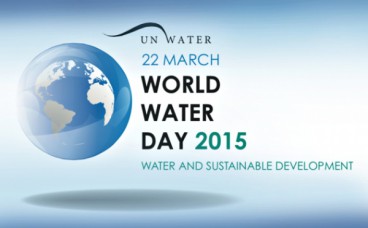
March 22nd is World Water Day!
Mar, 22, 2015 | NewsSince 1993, the United Nations has designated March 22nd of each year as World Water Day, a day dedi...

Airport melt water responsible for soil contamination, new study finds
Apr, 30, 2015 | NewsA new study, conducted from the Friedrich Schiller University Jena in Germany, indicates that m...
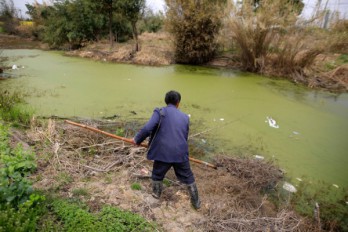
More than 80% of underground water in China is heavily polluted
Apr, 12, 2017 | NewsIndustrial pollution and farming has rendered it unsuitable for human use Industrial pollution an...
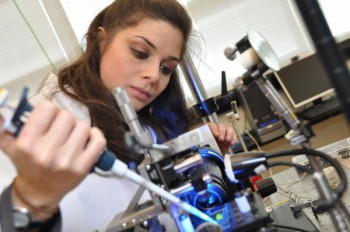
Researchers have developed a miniaturized water quality sensor that can monitor drinking water quality in real time
Oct, 03, 2017 | NewsThis tiny and inexpensive device -built using a 3D printer- can be deployed anywhere in the water di...

Ancient engineering methods to address water shortages
Jul, 31, 2019 | NewsAccording to a new study, published in Nature Journal, a 1,400-year-old system of canals that divert...
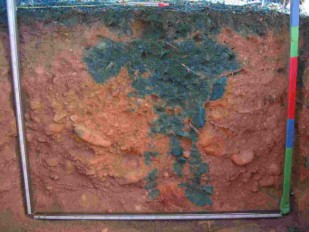
Groundwater flow is now better monitored following new study
Apr, 24, 2015 | NewsAccurate measurement of water flow has been for years difficult to perform, not to mention predictio...

Thames Water Accelerates Plans to Secure South East's Future Water Supply
Jun, 07, 2024 | NewsToday marks a significant step in securing the future water supply for the South East as Thames Wat...

Next generation reverse osmosis water purifier
Nov, 16, 2016 | NewsWaterO brings highly-filtered drinkable water to the kitchen table WaterO brings highly-filtered...
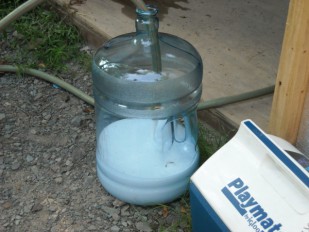
Penn State Researchers Develop New Technique for Identifying Shale-drilling Additives in Drinking Water
May, 04, 2015 | NewsResearchers at Penn State University have developed a new analytical technique for identifying commo...
Trending

Vertical gardens in Mexico City to combat pollution

Saudi Park Closed After 360 Big Pendulum Ride Crashes to Ground, 23 injured

Characteristics of Load Bearing Masonry Construction

Taipei 101’s impressive tuned mass damper

Dutch greenhouses have revolutionized modern farming

Federal court rules Biden’s offshore drilling ban unlawful


